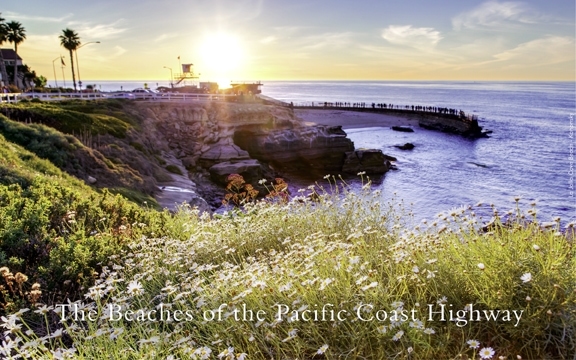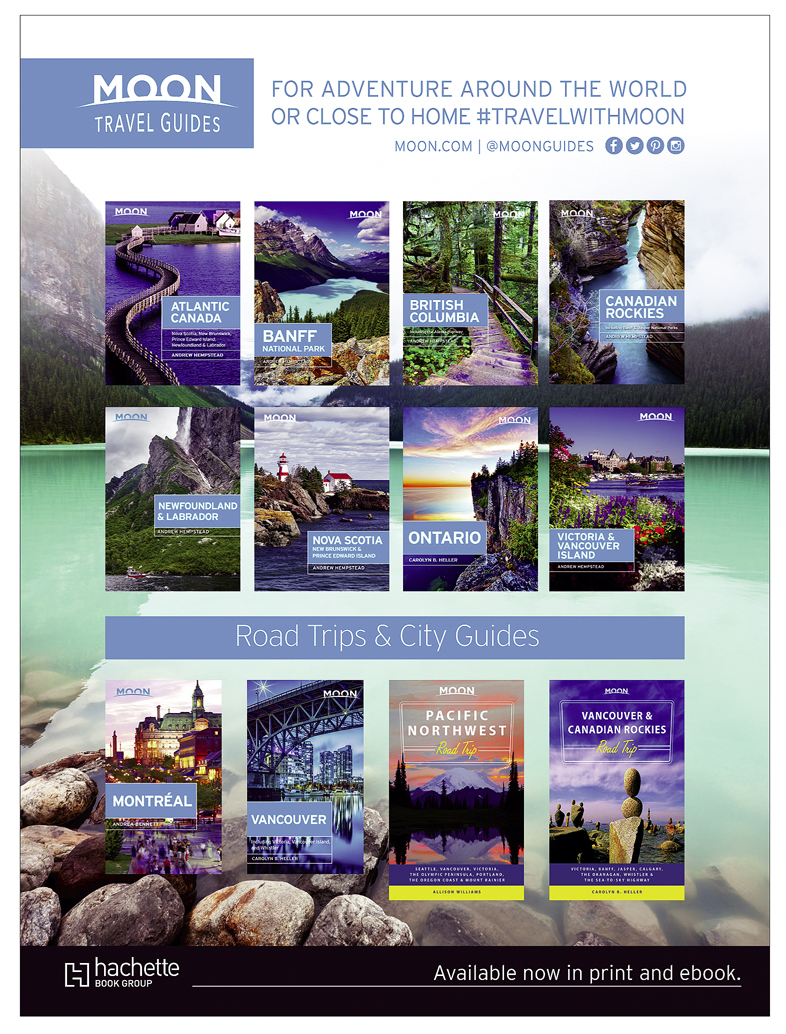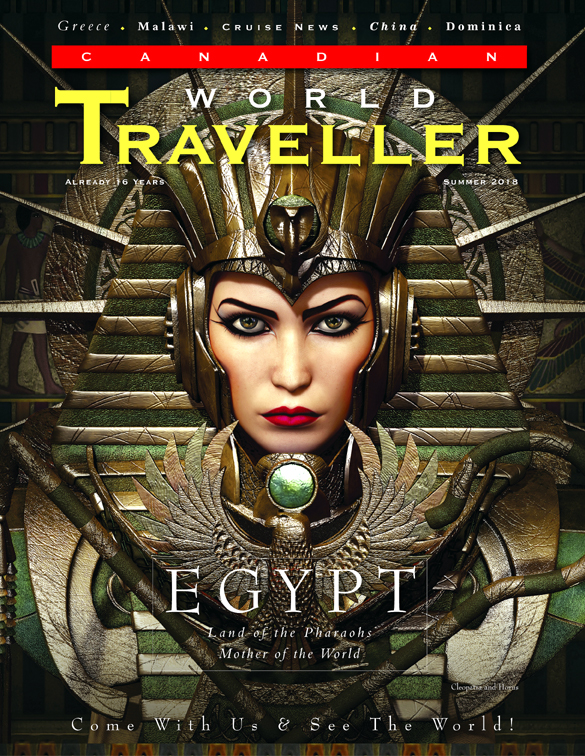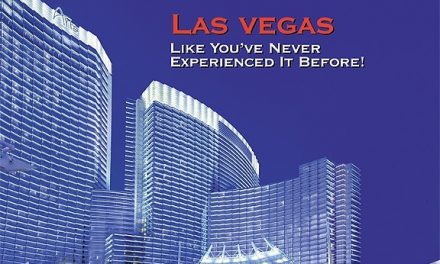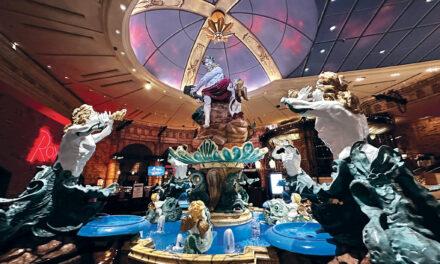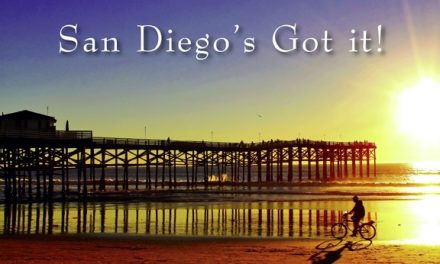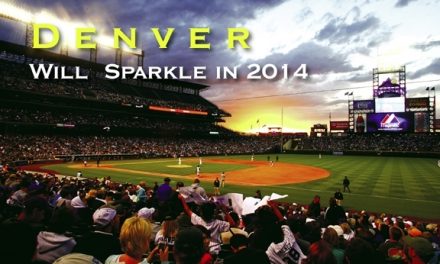USA
The Beaches of the Pacific Coast Highway
Adapted from Moon Pacific Coast Highway by Ian Anderson
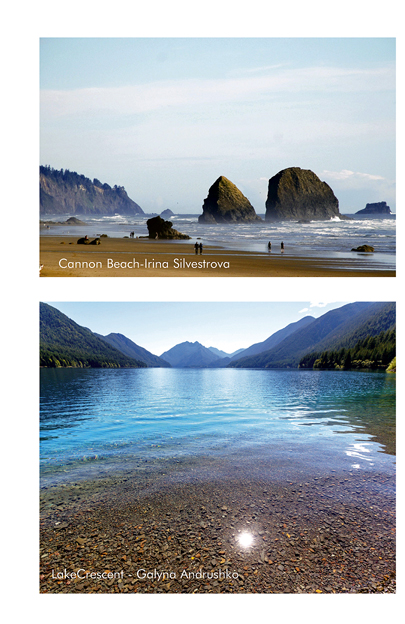
You’ll find the most colorful swath of open road in America along its western coast. The Pacific Coast Highway is 1,700 miles framed by golden sands and turquoise waters, bordered by emeralds rainforests and basalt rock formations, and capped off with kaleidoscopic sunsets and indigo night skies. Get ready for the wide variety of West Coast beaches on an unforgettable road trip.
Washington
At the most northern edge of the journey is Washington state, a scenic wonderland composed of some of the least-touched natural areas in America.
Lake Crescent offers easy swimming and access to boats and paddle boards. A sparking sapphire set amid high-forested mountains that seem to touch the sky, Lake Crescent is named for its sickle shape. It is also famous for its Beardslee trout, a 14-pound fish found only at Lake Crescent.
Rialto Beach offers sea stacks, tidepools, and best of all, solitude. Driving nine miles from WA-110 as it splits west off US-101, you turn right onto Mora Road to head to Rialto Beach, which sits, desolate, across the Quillayute River mouth from La Push. You can walk along the beach for miles without anyone around.
Oregon
Dramatic and diverse scenery dominates the shores of Oregon, making it one of America’s most photographed coastlines.
Cannon Beach is one of the most picturesque destinations on the coast and it’s home to ever-popular, photogenic Haystack Rock. Walk along the long, sandy beach or just enjoy the view from the door of your beachfront suite; there are plenty of lodging choices. But no matter where you stay, Cannon Beach offers more awe-inspiring views than imaginable, making National Geographic’s list of “one of the world’s 100 most beautiful places.”
Oswald West State Park is home to driftwood-laden and surfer-friendly Short Sands Beach. The park is south of Cannon Beach where the scenic coastline rises high above the ocean below, cutting into the mountains.
Northern California
California’s remote northern coastline showcases charming coastal towns, breathtaking seascapes, and strings of towering redwoods, all leading up to the main attraction-the city of San Francisco.
The ominous Black Sands Beach is one of the most amazing and unusual–and accessible–sights on the Lost Coast. It is composed of crumbly volcanic rock and runs along 20 miles south of Ferndale among Mattole Road. The dark sands of this wide beach also serve as the south end of the Lost Coast Trail.
Stinson Beach is a broad 3.5-mile-long sandy stretch of coastline that’s unusually (for Northern California) congenial to visitors. Although it’s as plagued by fog as anywhere else in the San Francisco Bay Area, on rare clear days Stinson Beach is the favorite destination for San Franciscans seeking some surf and sunshine.
Central California
The scenic coastline between San Francisco and Los Angeles marries the sparkle of Southern California beaches with the rolling green hills and towering forests of the north.
Friendly pets can run free along the 1.5 miles of soft sand and blue water at Carmel Beach. Above the beach, the Scenic Bluff Path meanders through rare Monterey cypress and landscaped gardens to Carmel Point, offering spectacular views of the rugged coastline.
Pfeiffer Beach is the best place to watch the sun set along the Big Sur coastline. In fact, some of the most dramatic views in Big Sur are seen at Pfeiffer Beach (accessed via Sycamore Canyon Rd., about 0.25 mile south of Big Sur) which is one of the most photographed spots, especially at sunset.
Hidden on an isolated stretch of CA-1 in Big Sur, and down an unmarked one-lane road (Sycamore Canyon Rd.), Pfeiffer Beach is not the easiest to find, but you’ll kick yourself later if you miss out on its impressive rock formations, sea caverns, and unusual purple sands, and most assuredly if you pass on the opportune moment to witness the natural phenomenon at Keyhole Arch.
For breathtaking views of seascapes, wildlife, and tidepools, stroll the Moonstone Beach Boardwalk. There are stairs to take you down to the beach. Although you won’t find moonstone here, you’ll find plenty of agates, and possibly jasper and California jade as surf-smoothed stones.
Southern California
If you’ve ever seen the cult classic film Earth Girls are Easy, you’ll recognize legendary Zuma Beach. Malibu’s classic beach party site, offers surfing, boogie boarding, and volleyball that fills up fast on summer weekends. Crystal-clear water (unusual for the L.A. area) makes it good for swimming. Grab a spot on the west side of CA-1 for free parking, or pay a little for one of the more than 2,000 spots in the beach parking lot. Amenities include a snack bar, boardwalk, and volleyball courts, as well as restrooms and showers.
Huntington City Beach, a.k.a. Surf City, USA, delivers waves, bikinis, volleyball nets, and a long bike path. It constitutes 3.5 miles of good surf and a pier in the center of the beach leads into Main Street, where you’ll find the Visitor Information Center and Kiosk, as well as surf shops and rentals, restaurants and bars. Huntington Beach is home to the International Surfing Museum and hosts late July’s U.S. Open of Pro Surfing.
La Jolla’s best beach may be found a couple north of La Jolla village. La Jolla Shores is a beautiful stretch of sparkling sand great for families and beginning surfers. There’s a playground for small children as well as swimming and bodyboarding areas designated by checkered flags. On the other side of those flags, beginner surfers may find open space to practice catching rides. More advanced riders tend to head for the north end of the beach.
On the other side of the cliffs framing the north end of La Jolla Shores, San Diego’s best waves curl at Black’s Beach. Unless you want to paddle the long way around from La Jolla Shores, you’ll have to carry your board on a hike down the cliffside trail originating at the Torrey Pines Gliderport. Though gorgeous, the cliff-backed beach remains less populated but the reward is a secluded Southern California beach backed by sandstone cliffs. You’re likely to get an eyeful-its seclusion makes Black’s a popular sunbathing spot for nudists.
Coronado Beach is a gorgeous 1.5 mile stretch of sand set against the background of the famous Hotel del Coronado, where lounge chairs and cocktails are available. The family-friendly beach considered among the world’s best.
When to Drive the Pacific Coast Highway
If you’re ready to hit the road (or some waves), the best time for this road trip is late spring to early fall, when the weather is best. If you drive the PCH at the height of the summer season, expect heavier traffic and crowds.
The Pacific Coast Highway invites many travelers to the natural beauty of its shores. Pick up a copy of Moon Pacific Coast Highway from your favorite bookseller, pack up the car, and come find out why for yourself.
Adapted from Moon Pacific Coast Highway by Ian Anderson. Copyright © 2018. Available from Avalon Travel, an imprint of Perseus Books, a Hachette Book Group company.
www.moon.com
Click on cover to view published article

